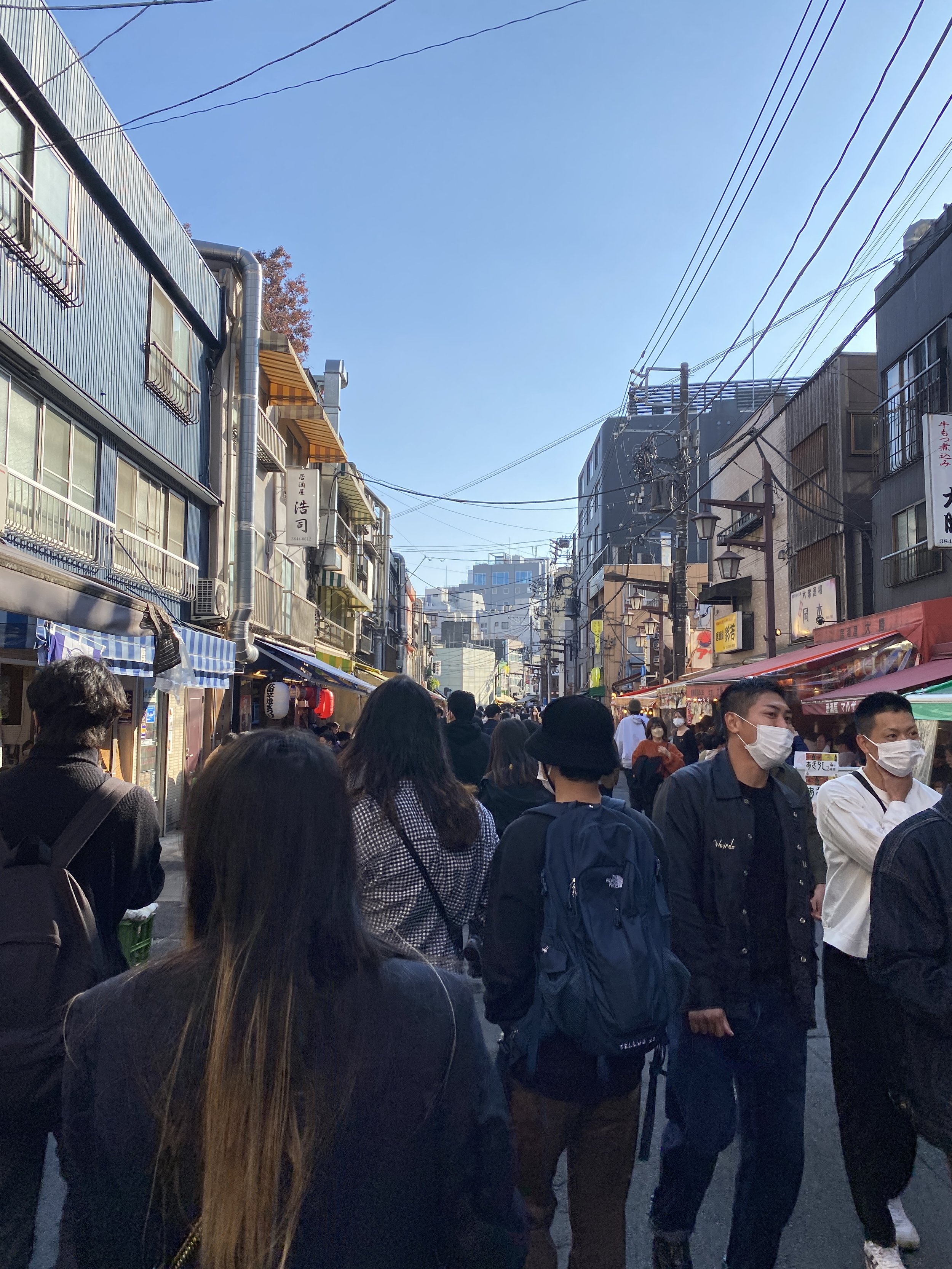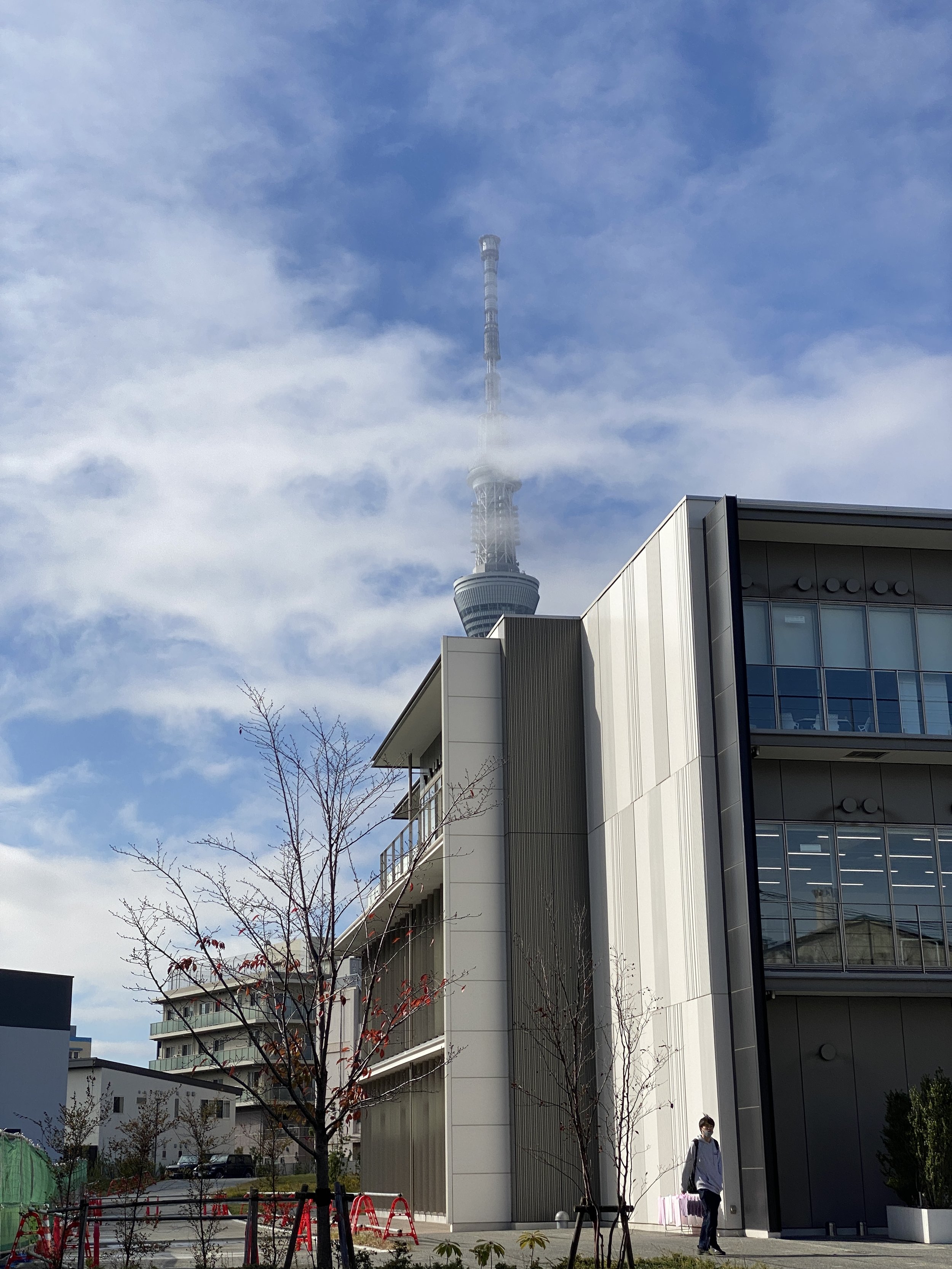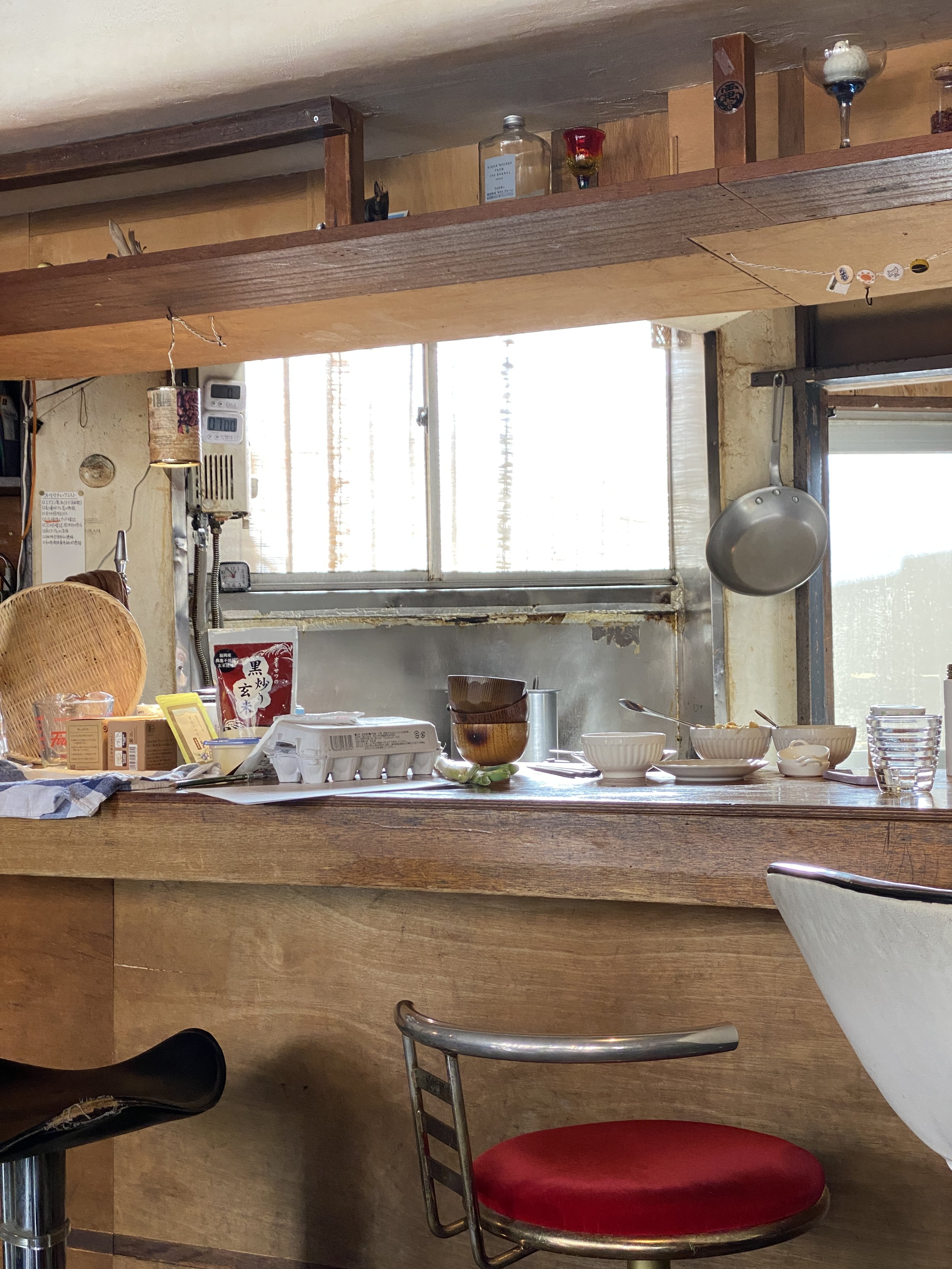
Chiba University x Parsons School of Design
AI Workshop
November 2022
The "Inter-university Exchange Project" is a funding project that was launched by MEXT (Ministry of Education) in 2011 to foster collaboration between Japanese universities and other universities from around the world. This Japan-U.S. Unique Program uses the COIL (Collaborative Online International Learning) method of education which allows students to work with other students overseas without going abroad.
Between Chiba University and The New School, the data visualization program runs between November 2022 to February 2023 both synchronously and asynchronously. I was able to participate in the program in Tokyo in November 2023 for one week.
Type: Generative digital art
Tools: Generative AI (CLIP, Stable Diffusion), Google Colab for machine learning
The process
The Problem:
Chiba University’s Design Research Institute is headquartered at their Sumida Satellite Campus, which just recently opened in 2022. Sumida City is west of central Tokyo and is characterized by Edo-period style shops and buildings along with small quiet neighborhoods juxtaposed by new architecture. The problem is that when people search for “Sumida”, most results are of the landmark Tokyo Skytree or the Sumida river. This is not representative of local Sumida’s long history or culture.
The Goal:
To create a data visualization experience using image generative AI and machine learning to better represent Sumida culture and encourage local tourism to the area. The schedule for the week was broken up into two parts: the first three days for field research trips, another three days for working sessions, and the last day for presentations.
Field Research Trips:
On the first day, I went with the Parsons cohort to meet the Chiba University students at Chiba University’s Sumida Satellite Campus, which they gave a lovely tour of! We had a short lecture introducing the scope of the project and had the rest of the day to ourselves.
The purpose of our second day was to start collecting photos of the Sumida area to use in our model. We began with one of its big attractions, 📍Sensō-ji. Afterwards, we walked around the surrounding outdoor malls and to the famous 📍Tokyo Skytree.
On our third day, we continued our field research by spending an afternoon at 📍The Sumida Hokusai Museum. Afterwards, we were free to continue taking photos of the local Sumida neighborhoods. Later that night during my free time, I headed over to 📍21_21 DESIGN SIGHT that featured “L'Arc de Triomphe, Wrapped, Paris, 1961–2021” by Christo and Jeanne-Claude.
Work Sessions:
The fourth day was the first of three work sessions where learned about Clip, Diffusion, Stable Diffusion, and FineTune. My team and I decided to narrow down our focus to sumo culture because we felt that it could represent local Sumida history and modern times.
For lunch, we got lunch nearby at 📍Share Cafe Bunkan. It was hands down the cutest most homey Japanese meal I ever had.
The next day, my team and I continued testing out different prompts like “sumida sumo hokusai style” around sumo culture with Stable Diffusion. However, we quickly realized that it was heavily modeled to have more traditional aesthetics and did not represent Sumida in the way we had hoped.
We started playing around with other aesthetic types besides Hokusai in Stable Diffusion. “Cyberpunk” felt too urban but “vaporwave” had elements that were natural and historical with a contemporary feel. We decided we needed an extra day to train our model with more photos of the local Sumida neighborhood.
On the third day of the work session, my group and I visited a few spots: 📍Former Yasuda Garden, 📍Yokoamicho Park, and 📍Great Kanto Earthquake Memorial Museum. The museum was really sobering and informative. If you’ve ever watched Pachinko, then you know about the traumatizing Great Kanto Earthquake.
We came back to campus to further train our model with prompts like “cyberpunk vaporwave illustration of sumos in sumida street neighborhood alley ukiyo-e style” and “illustration of sumo sculpture in sumida vaporwave cyber punk style”.
One of the first trials of “sumida sumo”
Sumida with “cyberpunk”
Sumida with “vaporwave”
Final Presentation:
For our final presentation, we walked the class through our thought process of initially focusing on sumo culture and then switching to focusing on better representing local Sumida neighborhoods. Below were some of the final images of our model after fine tuning it.
We were inspired by the Sumida Hokusai Museum which explained the process of woodblock printing, a genre of Japanese art known as ukiyo-e, and how they were used as souvenirs similar to postcards between the 17th and 19th centuries. We envisioned a future where these digital prints could be used as outlines for a ukiyo-e woodblock print of Sumida souvenirs. We also envisioned a future where these outlines could be used as part of an accessible museum experience about Sumida.
What I Learned
I learned about the opportunity even before Japan officially announced that they were re-opening their doors. Even though I was already juggling full-time school and part-time work during that fall semester, I still applied because it was the country I most badly wanted to visit after the COVID-19 pandemic. This was an incredible experience both professionally and personally. On the personal side, the chance to explore one of my favorite cities with my classmates and find hidden gems in local neighborhoods was *chef’s kiss*. I even wrote a whole diary on Notion to remember the trip. I could say that the takeaway was that I learned how to train an AI model with machine learning. Instead, I felt like this was a bigger life lesson learned: take an amazing opportunity when it’s presented to you.























